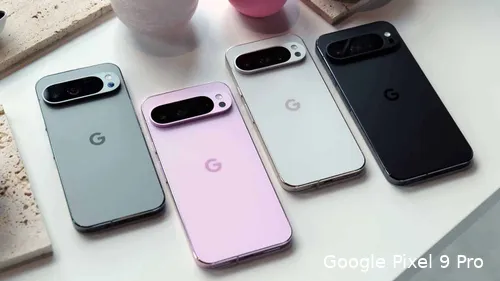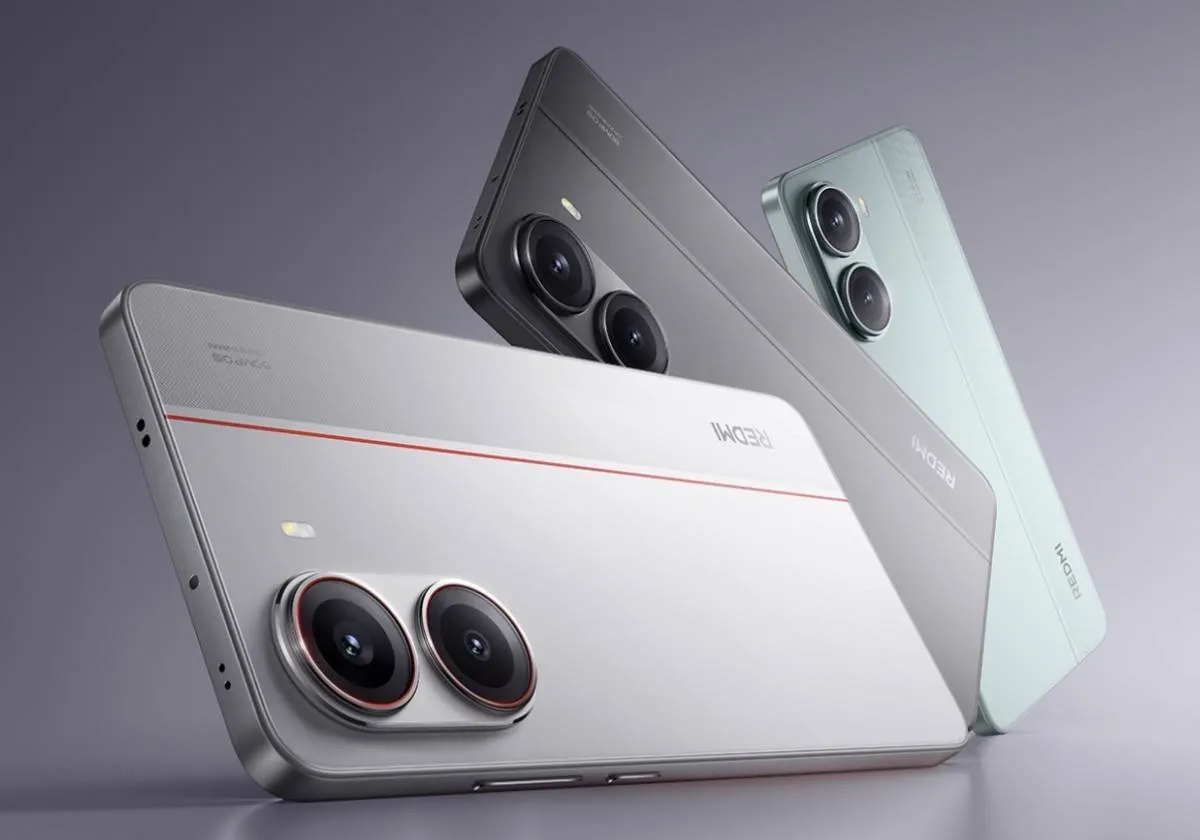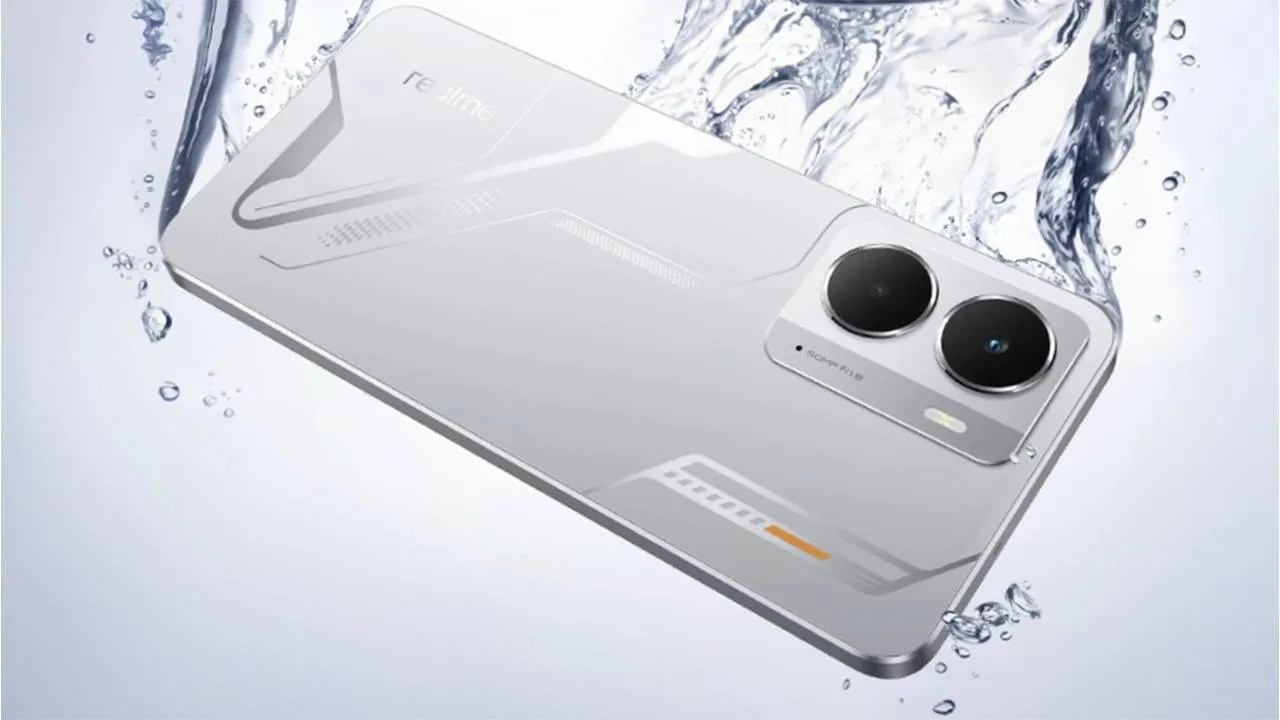Yesterday, Google unveiled its latest hardware lineup, introducing the Pixel 9, Pixel 9 Pro, Pixel 9 Pro XL, and the foldable Pixel 9 Pro Fold. These devices come packed with advanced features, highlighting Google’s growing presence in the high-end smartphone market. A key feature of these new releases is Gemini, Google’s AI, which aims to transform the Android experience.
In addition to their AI capabilities, the Pixel 9 series is powered by the Tensor G4 chip, which brings several technical improvements. However, beyond these upgrades, the Pixel 9 models include some subtle features that might influence your buying decision. These differences, though small, set the models apart from each other and from earlier versions.
Top 5 Hidden Gems in the New Google Pixel 9 Lineup
LTPO Displays: A Feature for the Pro Models
High refresh rate displays have become common in Android devices, with 120 Hz being the standard for many. Some devices even push this limit further. A key technology in this area is LTPO (Low-Temperature Polycrystalline Oxide), which allows the display to adjust its refresh rate from as low as 1 Hz to its maximum. This feature helps save battery by lowering the refresh rate when full performance isn’t needed.
In the Pixel 9 series, only the Pro models—Pixel 9 Pro and Pixel 9 Pro XL—come with LTPO displays. These displays can change their refresh rate from 1 Hz up to 120 Hz, making the device more energy-efficient. The standard Pixel 9, on the other hand, uses a regular display that adjusts between 60 Hz and 120 Hz. This difference might matter to users who want to get the most out of their battery.

Size is No Longer a Major Difference
In the past, Google followed Apple’s approach of offering Pro models with bigger screens and better features. But with the Pixel 9 lineup, this strategy has changed. Now, the Pixel 9 Pro and Pixel 9 Pro XL have the same features, with the only difference being screen size. The XL model simply has a larger display.
Interestingly, the Pixel 9 and Pixel 9 Pro are now the same size, which means they can use the same cases. This is a change from previous generations, where the screens were slightly different. This shift suggests that Google might be simplifying its product line, offering different screen sizes without adding more complexity.
Enhanced Camera Controls for Pro Models
Last year, Google introduced advanced camera controls in the Pixel 8 Pro, giving users more manual control over their photos. This feature continues in the Pixel 9 series but remains exclusive to the Pro models—the Pixel 9 Pro and Pixel 9 Pro XL. The standard Pixel 9 doesn’t have these advanced controls. Even though it shares the same main camera sensor as the Pro models.
This decision to keep the advanced camera features for the Pro models might surprise some, given that the camera hardware is the same. However, it fits with Google’s strategy of offering premium features on higher-end devices, encouraging users to choose the Pro versions.
8K Video Recording: Only for Pro Models
The ability to record in 8K resolution is another feature limited to the Pixel 9 Pro and Pixel 9 Pro XL. Although the Pixel 9 uses the same Tensor G4 processor and camera hardware, it doesn’t support 8K video recording. This choice seems to be another way Google differentiates the Pro models, appealing to users who need the highest video quality.
Exclusive Thermometer Feature
One unique feature of the Pixel 9 Pro and Pixel 9 Pro XL is the thermal sensor, which can measure body temperature. This feature was first introduced in the Pixel 8 Pro and has proven to be accurate. However, Google has once again chosen to limit this feature to its Pro models. Even though it wouldn’t add much to the cost of the standard model.
Conclusion
The differences between the new Google Pixel 9 models, while subtle, show Google’s approach to offering something for everyone. Whether these differences justify the higher price of the Pro models is up to each buyer, but they do add value to these versions. Overall, these upgrades represent a clear improvement from the previous generation, giving users more options and better technology.
Loading






